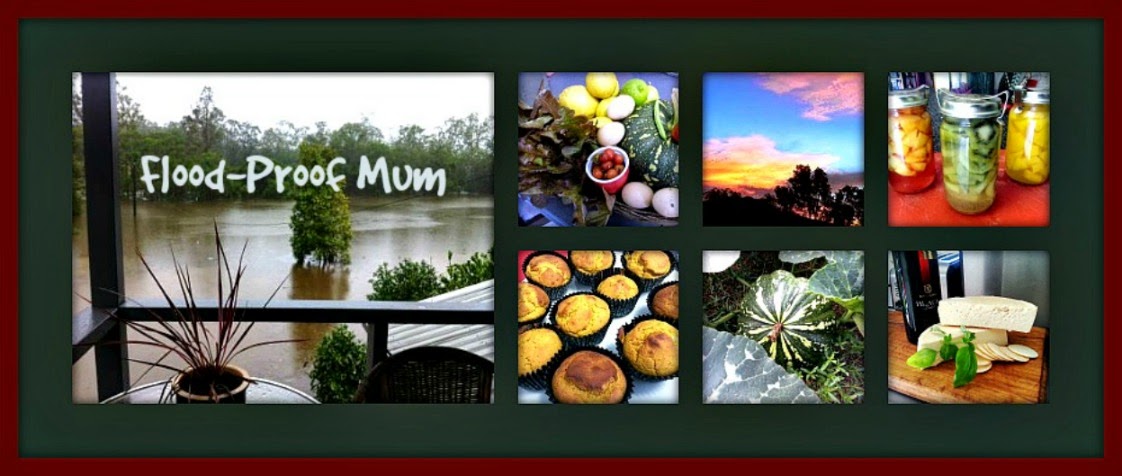Permaculture is another of those buzz words that I didn't know a lot about until I started on my simple living journey. Basically the word means permanent culture..but what is that? As far as I can tell, Permaculture is a design system for sustainable living. It is about creating homes and communities that are productive and self reliant and that have minimal impact on the environment.
I am currently doing a free online Permaculture course at http://www.openpermaculture.com/ and the lecturer, who started off his career as a landscape gardener says that Permaculture is basically an extension of that...it is edible landscaping.
"Permaculture design emphasizes patterns of landscape, function, and species assemblies. It determines where these elements should be placed so they can provide maximum benefit to the local environment. The central concept of permaculture is maximizing useful connections between components and synergy of the final design. The focus of permaculture, therefore, is not on each separate element, but rather on the relationships created among elements by the way they are placed together; the whole becoming greater than the sum of its parts. Permaculture design therefore seeks to minimize waste, human labor, and energy input by building systems with maximal benefits between design elements to achieve a high level of synergy." Source
There is such a trend towards this concept that there is an International Permaculture Day coming up on the 4th May 2014. It is a day of celebration of permaculture through events and actions around the world. So, it must be important, right?
One of the founders of the concept of Permaculture is David Holmgren who identified Twelve Permaculture design principles in his book, Permaculture: Principles and Pathways Beyond Sustainability. These are outlined in the diagram above and summarised below:
- Observe and interact: By taking time to engage with nature we can design solutions that suit our particular situation.
- Catch and store energy: By developing systems that collect resources at peak abundance, we can use them in times of need.
- Obtain a yield: Ensure that you are getting truly useful rewards as part of the work that you are doing.
- Apply self-regulation and accept feedback: We need to discourage inappropriate activity to ensure that systems can continue to function well.
- Use and value renewable resources and services: Make the best use of nature's abundance to reduce our consumptive behaviour and dependence on non-renewable resources.
- Produce no waste: By valuing and making use of all the resources that are available to us, nothing goes to waste.
- Design from patterns to details: By stepping back, we can observe patterns in nature and society. These can form the backbone of our designs, with the details filled in as we go.
- Integrate rather than segregate: By putting the right things in the right place, relationships develop between those things and they work together to support each other.
- Use small and slow solutions: Small and slow systems are easier to maintain than big ones, making better use of local resources and producing more sustainable outcomes.
- Use and value diversity: Diversity reduces vulnerability to a variety of threats and takes advantage of the unique nature of the environment in which it resides.
- Use edges and value the marginal: The interface between things is where the most interesting events take place. These are often the most valuable, diverse and productive elements in the system.
- Creatively use and respond to change: We can have a positive impact on inevitable change by carefully observing, and then intervening at the right time.
What do you know of permaculture? Were you, or are you, bamboozled like me? If that's the case I hope I have made it a little clearer for you, and given you some avenues to research. I would love to hear your thoughts?






